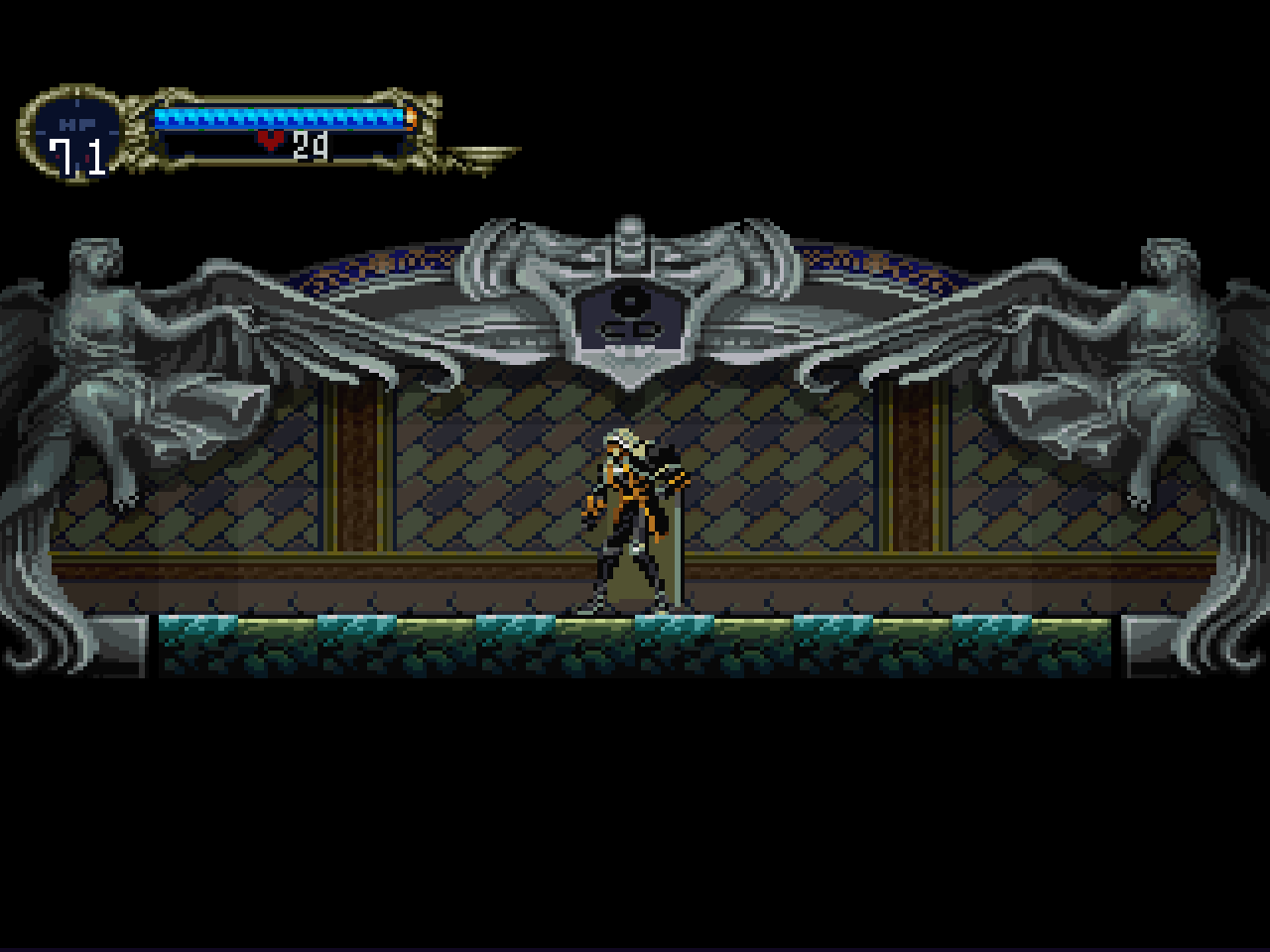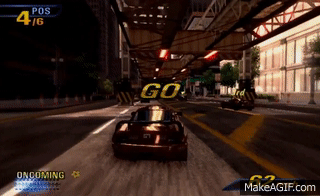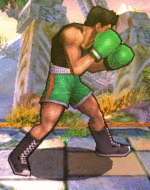This is a fun topic to think about. There's plenty of observations about particular recurring design choices or broader movements, that when you think about it, are very likely informed by various technical obstacles developers faced at any given time and finding out what works most effectively within that particular scope.
The most recent thing that came to mind for me was the whole rise and fall of the car combat subgenre. This type of game usually built around large open arenas with gun-mounted vehicles suddenly became very prominent during the early 32-bit era in the mid 90's with tons of different games coming out, but then seemed to peter out of the mainstream fairly quickly as the years dragged on. Could be that it was a fad with limited novelty that audiences just lost the taste for, but when you consider not only the limitations in 3D hardware at the time but also the general industry knowhow and experience with 3D game design, this genre really has "path of least resistance" written all over it. Consider how much work was involved at the time with designing a third person 3D character game, how many polygons it took to render characters, how to animate them and design the controls etc, against the equivalents for a car game.
Vehicles didn't take nearly as many polys to render at an acceptable fidelity, much easier to animate, and since cars are innately pretty clunky and there already being a couple of years with precedence we already had a pretty good handle on how a car was supposed to be controlled in a 3D environment. All of this I think made the industry just naturally pivot towards this type of game at the time, and as general 3D character games kept evolving with better iterations, car combat became less enticing as an easy template by comparison.

Remember when everyone made fun of western games being largely comprised of bald space marines around 10 years ago? I don't think this was just a cynical focus group demographics thing. I'm pretty sure I've seen at least one developer point out that this was just a result of being much easier to render and deal with in a game, and I can believe that. To this day hairstyles on characters often seem to be conveniently chosen to minimize technical obstacles, so you don't have to deal with hair clipping through the body/arms and stuff. Japanese 3D games seemed to have historically been kind of exempt from this rule during the PS2 to 360 era, but I also noted during this time that level design/environments seemed to be a lot more barren and simplistic compared to their western counterparts as if they wanted to dedicate more resources to the characters, so I think that lends some credence to the theory.
Here's an excellent video video explaining system-wide discrepancies in design philosophy on the PS1 and N64 respectively and how the differences in both 3D rendering and disc/cart storage methods heavily informed what kind of games were being made on each platform. Things like wide open spaces being more common on the N64 while constrained yet more varied/detailed spaces were common on the PS1.
The most recent thing that came to mind for me was the whole rise and fall of the car combat subgenre. This type of game usually built around large open arenas with gun-mounted vehicles suddenly became very prominent during the early 32-bit era in the mid 90's with tons of different games coming out, but then seemed to peter out of the mainstream fairly quickly as the years dragged on. Could be that it was a fad with limited novelty that audiences just lost the taste for, but when you consider not only the limitations in 3D hardware at the time but also the general industry knowhow and experience with 3D game design, this genre really has "path of least resistance" written all over it. Consider how much work was involved at the time with designing a third person 3D character game, how many polygons it took to render characters, how to animate them and design the controls etc, against the equivalents for a car game.
Vehicles didn't take nearly as many polys to render at an acceptable fidelity, much easier to animate, and since cars are innately pretty clunky and there already being a couple of years with precedence we already had a pretty good handle on how a car was supposed to be controlled in a 3D environment. All of this I think made the industry just naturally pivot towards this type of game at the time, and as general 3D character games kept evolving with better iterations, car combat became less enticing as an easy template by comparison.

Remember when everyone made fun of western games being largely comprised of bald space marines around 10 years ago? I don't think this was just a cynical focus group demographics thing. I'm pretty sure I've seen at least one developer point out that this was just a result of being much easier to render and deal with in a game, and I can believe that. To this day hairstyles on characters often seem to be conveniently chosen to minimize technical obstacles, so you don't have to deal with hair clipping through the body/arms and stuff. Japanese 3D games seemed to have historically been kind of exempt from this rule during the PS2 to 360 era, but I also noted during this time that level design/environments seemed to be a lot more barren and simplistic compared to their western counterparts as if they wanted to dedicate more resources to the characters, so I think that lends some credence to the theory.
Here's an excellent video video explaining system-wide discrepancies in design philosophy on the PS1 and N64 respectively and how the differences in both 3D rendering and disc/cart storage methods heavily informed what kind of games were being made on each platform. Things like wide open spaces being more common on the N64 while constrained yet more varied/detailed spaces were common on the PS1.



















